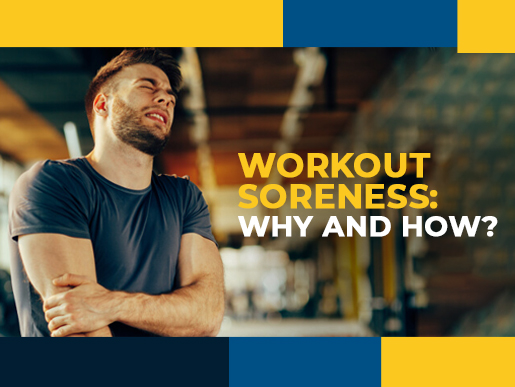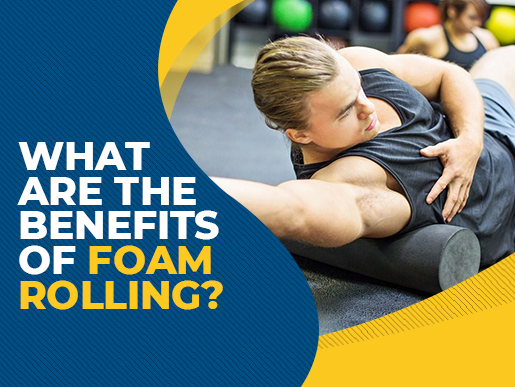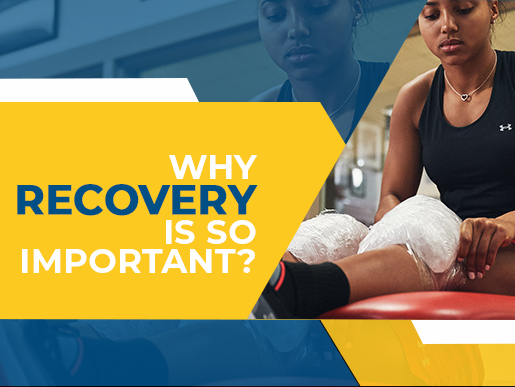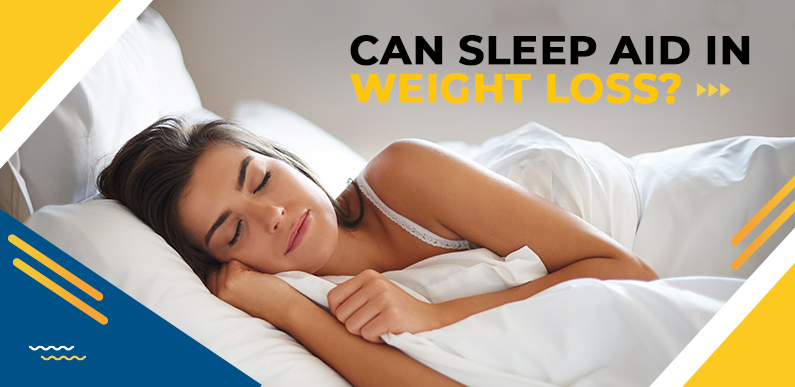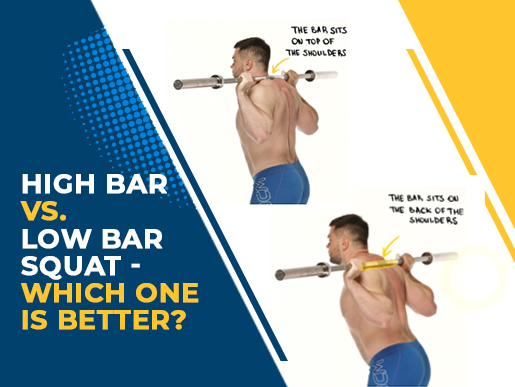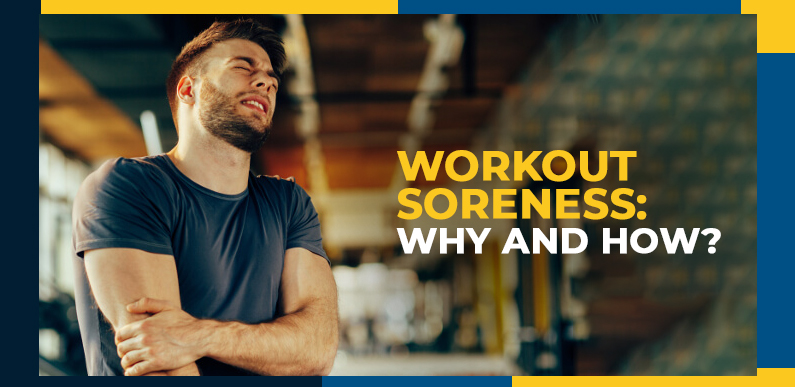
Why You Get Sore After a Workout – and How to Deal with It
Living a happy, healthy lifestyle is difficult. You must make time to exercise, plan out healthy meals, and create a routine that’s best for you. Being healthy is the result, so it’s worth it. That doesn’t make the day after a hard workout any less challenging, especially when you’re just starting. There is some truth to the saying, “no pain, no gain.”
Sticking with a workout program is challenging, especially when it hurts to get out of bed the day after a workout. Odds are you won’t be incredibly eager to get to the gym when your legs feel like jelly and the stairs feel like Mount Everest.
Muscle soreness is an inevitable part of working out. Everybody from gym newbies to bodybuilders experiences muscle soreness sometimes.
Why is this?
How do you deal with it and prevent it in the future?
Find the answers below!
Why do muscles get sore?
Muscles get sore when you use them more than they are used to, essentially any time you exercise. There are two different types of muscle soreness you’ve probably experienced: acute muscle soreness and delayed onset muscle soreness.
Acute muscle soreness: This type of muscle soreness is what you probably think of as “feeling the burn.” It is caused by a buildup of lactic acid during and immediately after exercise. Acute muscle soreness usually resolves itself quickly. It’s an inevitable part of working out.
Delayed onset muscle disorder (DOMS): This type of pain and stiffness is the kind that peaks 24 to 72 hours after you exercise. When you exercise, tiny, microscopic tears form in your muscles and connective tissues. This is what causes DOMS. In general, you experience this soreness most severely when you use the muscles in a way you don’t normally do.
How can you deal with it?
Time, mostly. Acute muscle soreness should go away soon after your workout. DOMS takes longer, so it is more inhibiting and frustrating. The odd thing is that the more you exercise, the less you’ll experience DOMS. As you acclimate your muscles to your workouts, they’ll experience less damage, and you’ll experience less pain.
Still, soreness is just a part of exercise that even the most seasoned athletes experience. There are some preventative measures you can try to negate the effects of DOMS. Staying hydrated and practicing good form when exercising are great ways to do this. Also, eating anti-inflammatory foods rich in antioxidants has been shown to relieve muscle soreness and speed up recovery.
Here are some examples of anti-inflammatory foods:
- Cherry juice
- Pineapple
- Ginger
- Watermelon
Once you have DOMS, you may feel like you want to lie down and never return to the gym. Your muscles need some rest to recover fully. Avoid training the aching part of your body until the soreness has subsided (you probably won’t want to anyway).
This will decrease your risk of injury. It will also deter you from giving up entirely.
Rest is good!
While you wait for your body to heal, there are a couple of different recovery tricks you can do to reduce your pain and speed up your recovery time.
These methods are low effort and require slim-to-no equipment.
- Go for a low impact walk
- Try foam rolling (Check out our blog about the benefits of foam rolling)
- Take an Epsom salt bath
- Get a massage
The key to getting through muscle soreness is to remember it’s temporary.
You’ll be back out there in no time!
Click here to read more Recovery related blogs.

